Knitting & Crafing: How to Dye Wool Yarn with Natural Products
How to Dye Wool with Natural Products
Have you ever thought of dyeing your own yarn using natural ingredients which you use daily in your home or garden? It may seem like a daunting task but it is not as complex as it may think.
You just need maximum two hours of your day from start to finish of the process.
Dyeing wool with plant based dyes
Today, the industry produces mostly chemical colors, while nature holds beautiful, durable colors ready for us in many shades.
Different color results can be achieved through different dyeing processes such as boiling, dipping, boiling time, cold dyeing, and wool or fabric properties.
In addition, the water properties, such as lime content and pH value, and the preceding pickling process also play a role.
As a creative person, you may be looking for a specific colour of yarn or just want to let your creative juices flow and dye your own wool yarn for your project.
It is fun and exciting to dye your own yarn using natural ingredients for the following reasons:
- It fast and quick compared to dyeing with synthetic colourants which may take up to 24 hours.
- They are eco-friendly therefore good for the environment; best suited when dyeing natural fibres such as wool and cotton.
- Reduces chances of allergic reaction which may be caused by synthetic dyes.
- Allows you to come up with your own unique and exciting colours for your project.

What natural colors are available?
Pomegranate - Black-Grey
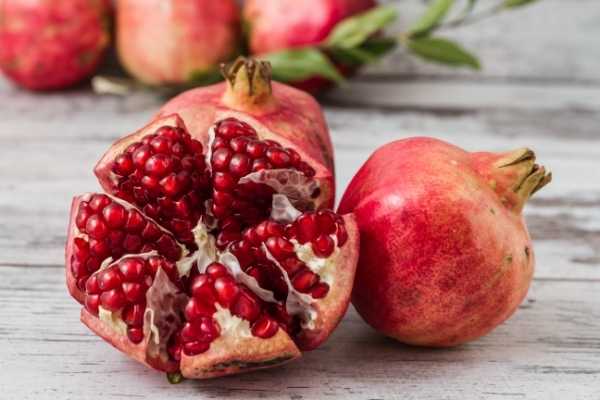
Dyeing with pomegranate initially produces a solid yellow tone. The pomegranate dye has a high tannin content and is therefore particularly suitable for cotton and other plant fibers but can also be used to dye wool and silk.
When pomegranate is used without mordant, a fawn yellow is obtained, and with mordant, a golden yellow—depending on the addition, adding iron results in a gray to deep black color.
Even today, city coats of arms or flags in Spain and southern France shine yellow-black. In the 8th century, this was only possible with the help of the color property of the pomegranate.
By overdyeing with indigo, you can obtain a beautiful dark green.
madderwort or madder root
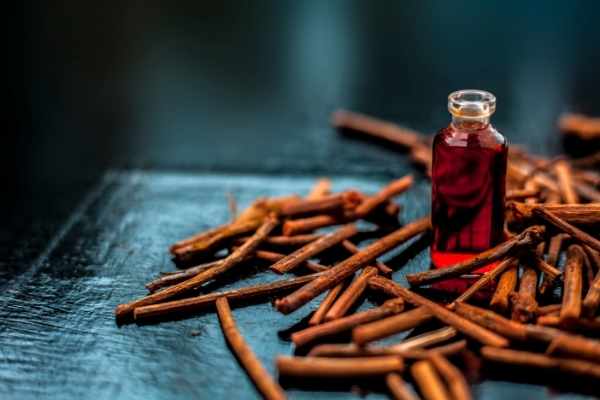
One of the oldest plant dyes gives wool and fabrics a pink to deep red color. Written records of the use of madder root can be found as far back as the Romans and Greeks.
Traces of the dye alizarin can also be found in the tomb of the Egyptian ruler Tutankhamun, who lived around 1337 BC.
Barberry
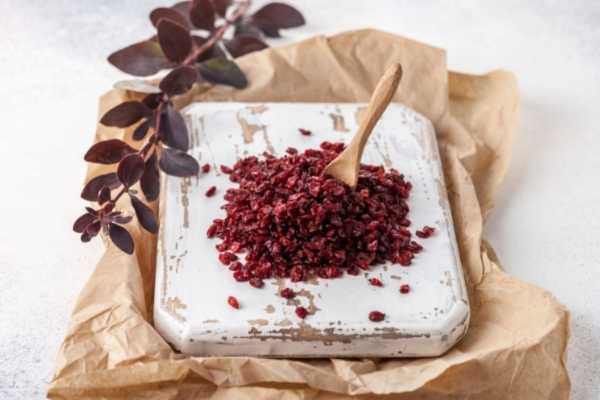
You can achieve a naturally bright yellow when dyeing with barberry.
However, what makes dyeing with barberry especially recommendable is its fluorescent effect. Responsible for this effect is the alkaloid berberine.
Birch leaves

Your wool will shine from light green to olive after dyeing with birch leaves.
Depending on the amount of iron moderator added, the degree of color intensifies to a deep dark olive green.
Bloodwood Tree or Bluewood

Bloodwood tree, dyes wool and textiles in intense to pastel purple.
The advantage of bluewood is that you can dye a lot of wool with only a little piece of wood.
Other available natural dyes
To make the dye, you can use most flower petals, food items such as the inner, the skin and even the leaves.
Each part will result in a different colour composition. Here are some of the popular plants and products and the colours that can be derived from each ingredient.
- Red – Madder root
- Pink – Beet root
- Orange – Paprika
- Turmeric – Yellow
- Avocado Skin – Green
- Elder berries – Blue and purple
- Black Tea – Brown
- Coffee – Light brown
- Carrot – Orange
- Red Cabbage – Light blue and purple
- Indigo – Blues
- Yellow – Dandelion
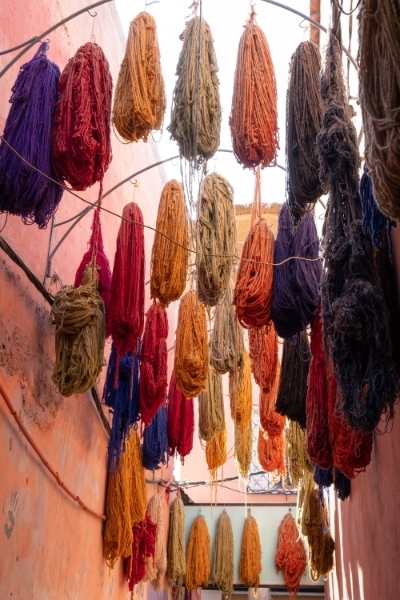
The final colours will always vary due to temperature of the mix, quantity of ingredient, age of ingredients; therefore you may never get the same results twice. For this reason, it is important to dye a full batch of yarn form one mix to avoid colour inconsistencies.
To change colours, you can mix a few ingredients or use mordant also known as a modifiers which are mineral salts that bind dyes into fibre, to prevent bleeding and changes the dye colour.
There are various types of mordant but generally these are two types; iron based mordant that dulls the colour, while copper based mordant will brighten the colour. The key is to try a few, experiment and have fun with the process.
Supplies
To dye wool you will need the following supplies.
- Yarn (in hanks)
- A mordant which can be distilled vinegar or alum. (10 ounces (280grams) of raw yarn will need 1 ounce (28grams)of mordant)
- The plant ingredient of choice
- A strainer – such as a coffee filter or a paper towel or a cloth
- Shampoo or dish washing liquid (optional). This is to remove strong smells if you so desire
- A clean towel
- A steel pot
Steps to dye your yarn
- Mix mordant and soak yarn hanks for 45 minutes.
- Blend the ingredient using a blender or food processes to liquefy. You can also directly boil without blending for a lighter colour.
- Pour liquid in a pot, bring to boil.
- Allow to simmer for up to 40 minutes until colour of water becomes dark and solids sink to the bottom; set aside to cool.
- Drain the liquid through a strainer.
- Place yarn in the coloured water and simmer for 40 minutes, stirring occasionally.
- Turn off heat and let it cool.
- Drain, rinse and wash in gentle shampoo or dish washing detergent solution. Continue rinsing until water is completely clear.
- Roll in towel to remove excess water and hang to dry.
- Roll yarn into ball ready for usage.
* Disclosure: Links marked with Asterix or some picture links on world’s-finest-wool are affiliate links. All our work is reader-supported – when you buy through links on our site, we may earn an affiliate commission. The decision is yours – whether you decide to buy something is entirely up to you.

Exploring the Benefits of Wool Cloth for Camping Adventures: A Guide to Wool Clothing and Gear
Camping Holidays can be a fun and rewarding way to spend time in nature – you can “Free your Mind” …

From Woolen to Worsted: Choosing the Right Type of Spinning for Your Project
The timeless practice of yarn spinning has enchanted people from diverse cultures for generations. Whether you’re an aspiring spinner wanting …

Hiking in Peru: Across the Salkantay Trail to Machu Picchu
Hiking in Peru: Across the Salkantay Trail to Machu Picchu Amazing Places: Across the Salkantay Trail to Machu PicchuThe Salkantay …

Ultimate Guide to the Best Men’s Cashmere V-Neck Sweaters
As the temperatures drop and the days grow shorter, there’s no better time to elevate your wardrobe with a luxurious …

The Finest Cashmere from the Heart of the Himalayas: A Guide to Srinagar’s Cashmere Industry
Nestled in the heart of the majestic Himalayas, Srinagar is a city steeped in history and beauty. Known for its …

Why does Pilling occur? Cause, Prevention & Removal
Why does Pilling occur? Cause, Prevention & Removal Why does Pilling occur – How to Prevent and Remove it!You’ve finally …
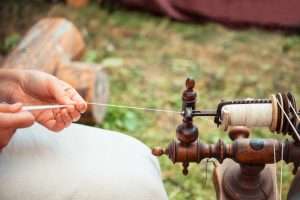
Did You know about the History of Wool?
Did You know about the History of Wool? Learn all about the History of Wool The history of man and …

Alpaca Sweater and Alpaca Cardigans
Alpaca Sweaters & Alpaca Cardigans Alpaca Clothing Coats and Ponchos Sweaters and Cardigans Alpaca Accessoirs Alpaca Blankets Image links ©Peruvian Connection – …
Thank You for Reading
Marco Heitner
Marco is the author and creator of the World’s-Finest-Wool.com and holds the "Wool Fibre Science" certification.
He founded this website because of his love for nature, tradition and exquisite all-natural fibers like merino wool, cashmere, and alpaca. The way local communities interact with their environment and produce valuable, irreplaceable natural resources such as wool is inspiring.
0 Comments
Leave a Reply Cancel reply

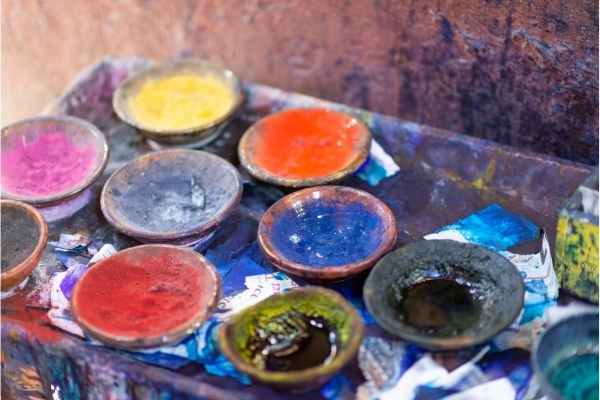
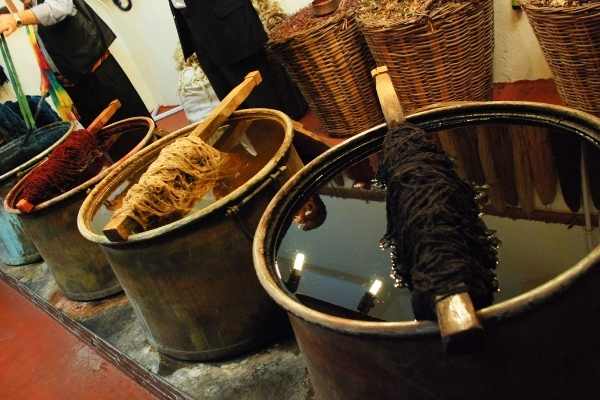
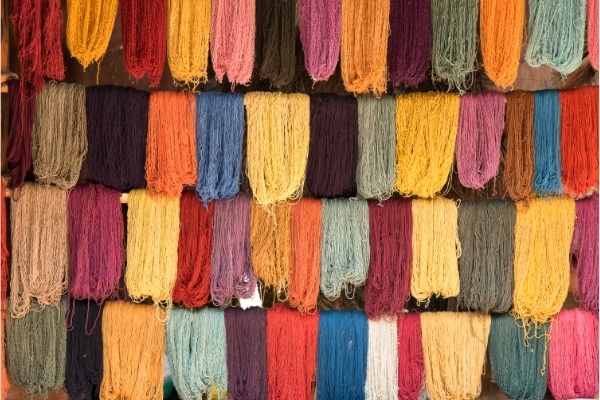
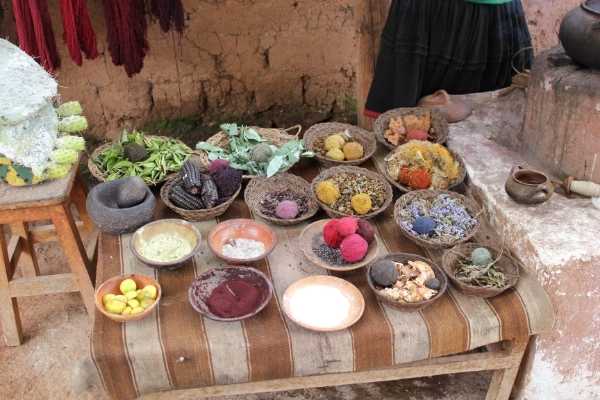
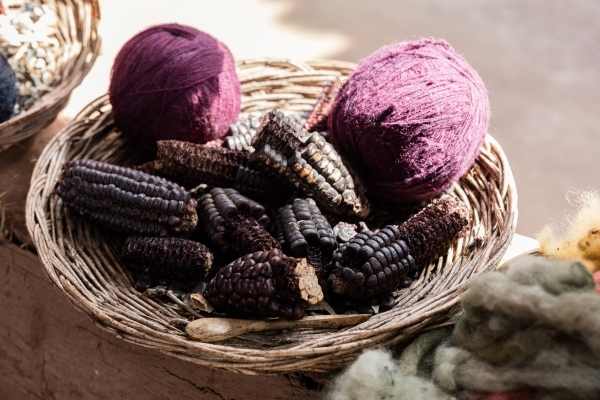


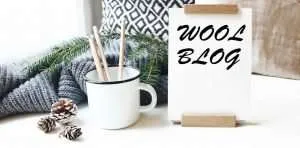
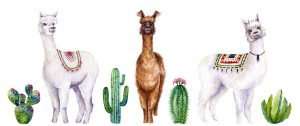
0 Comments